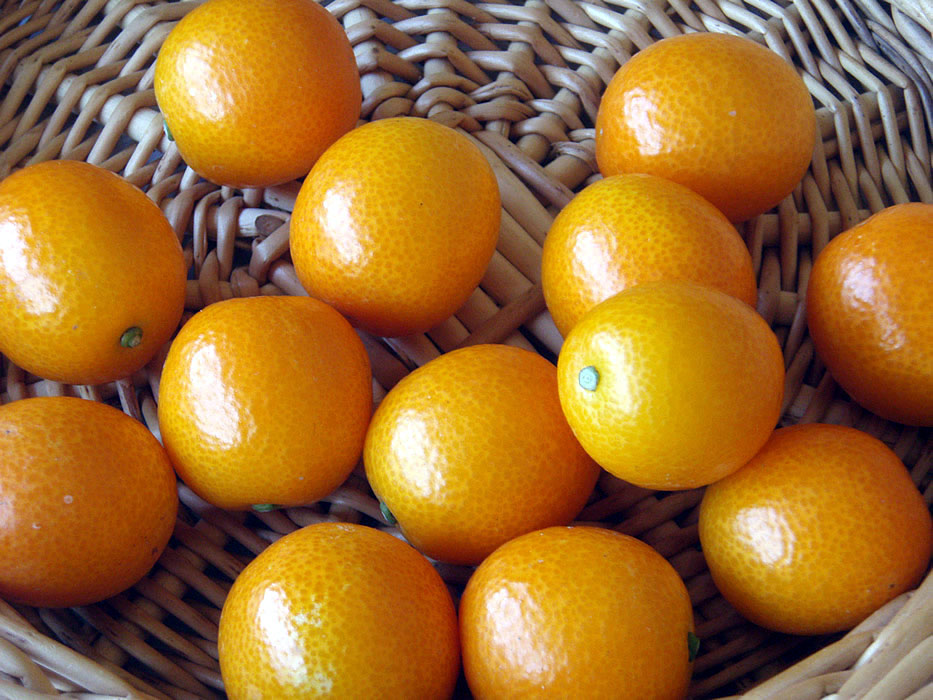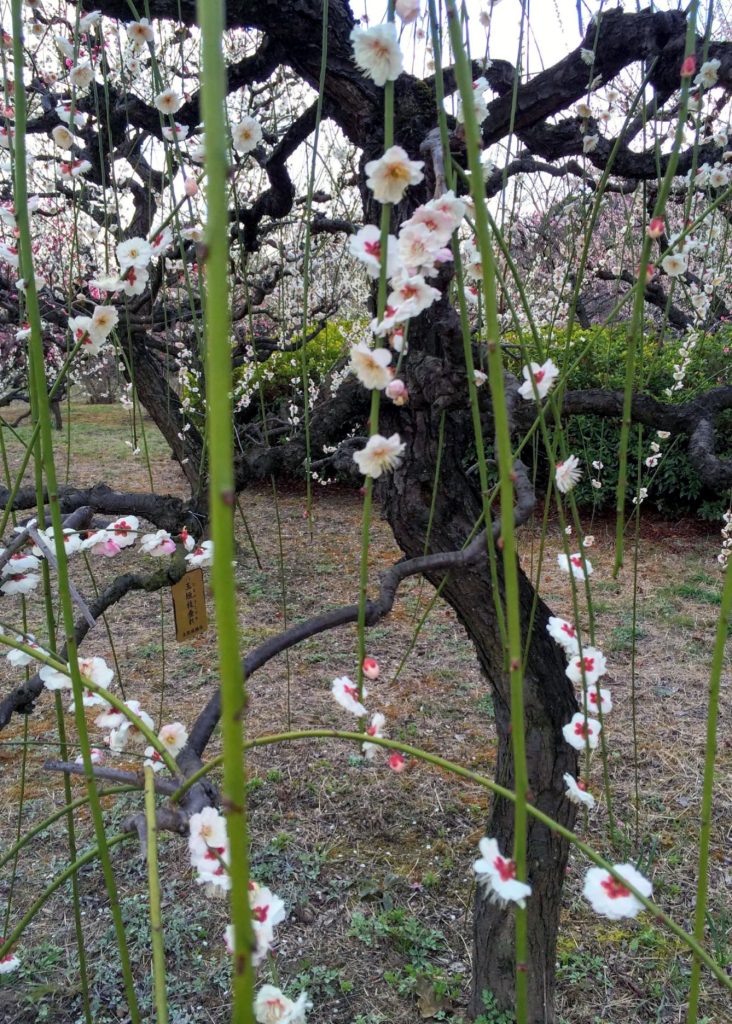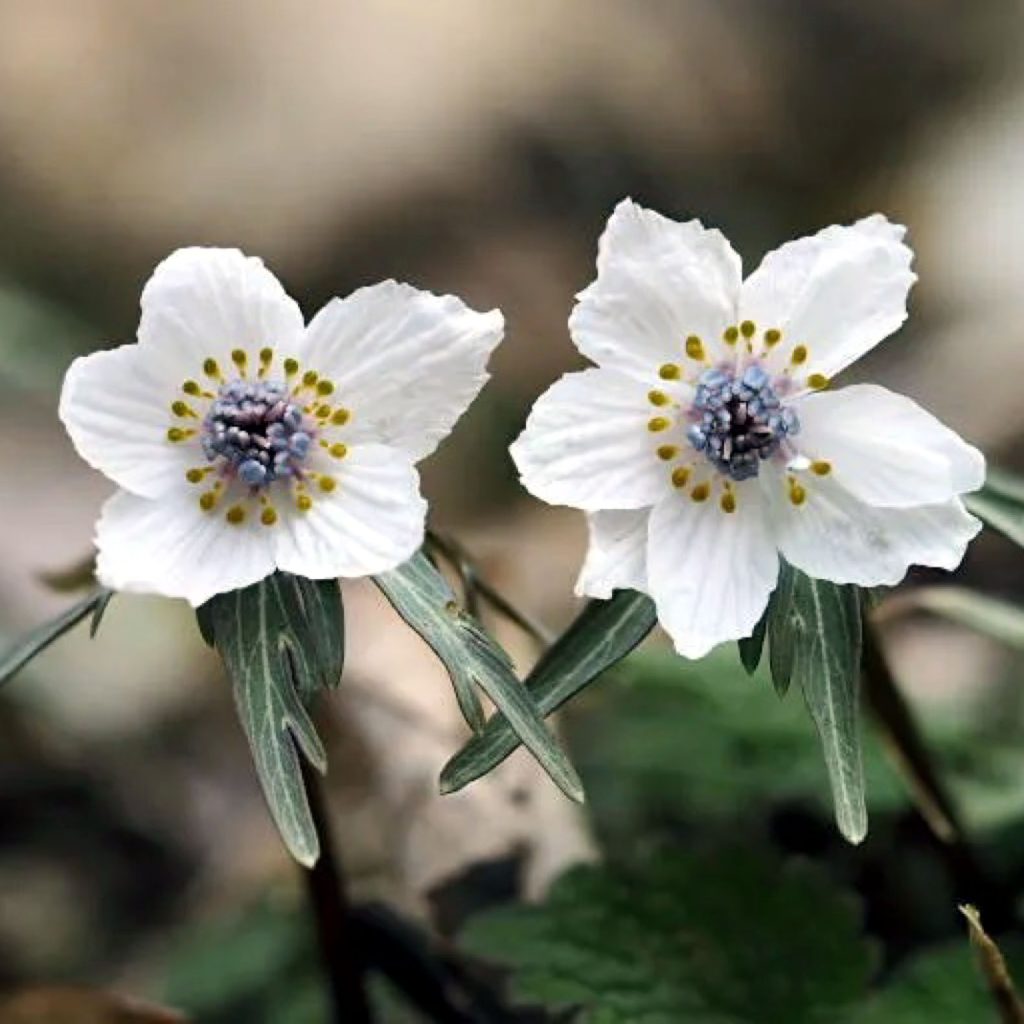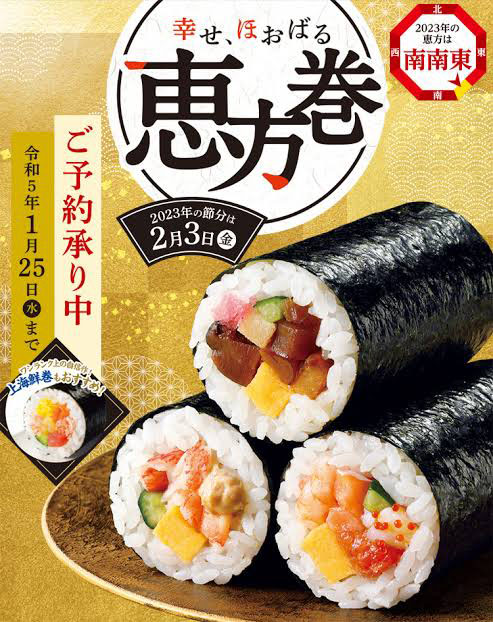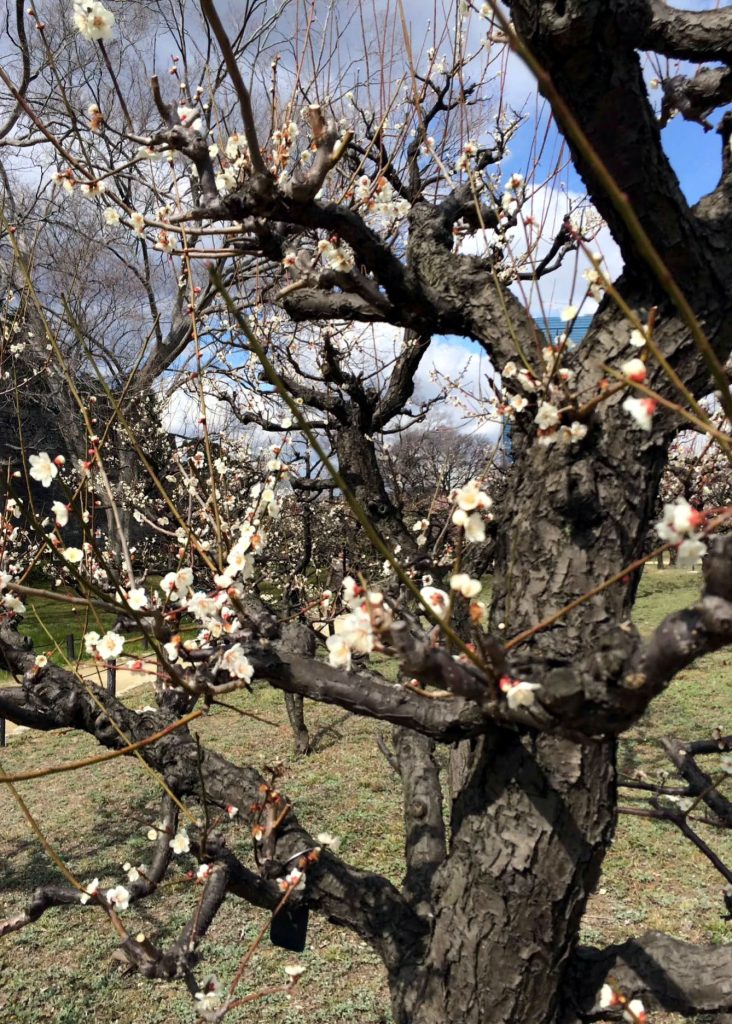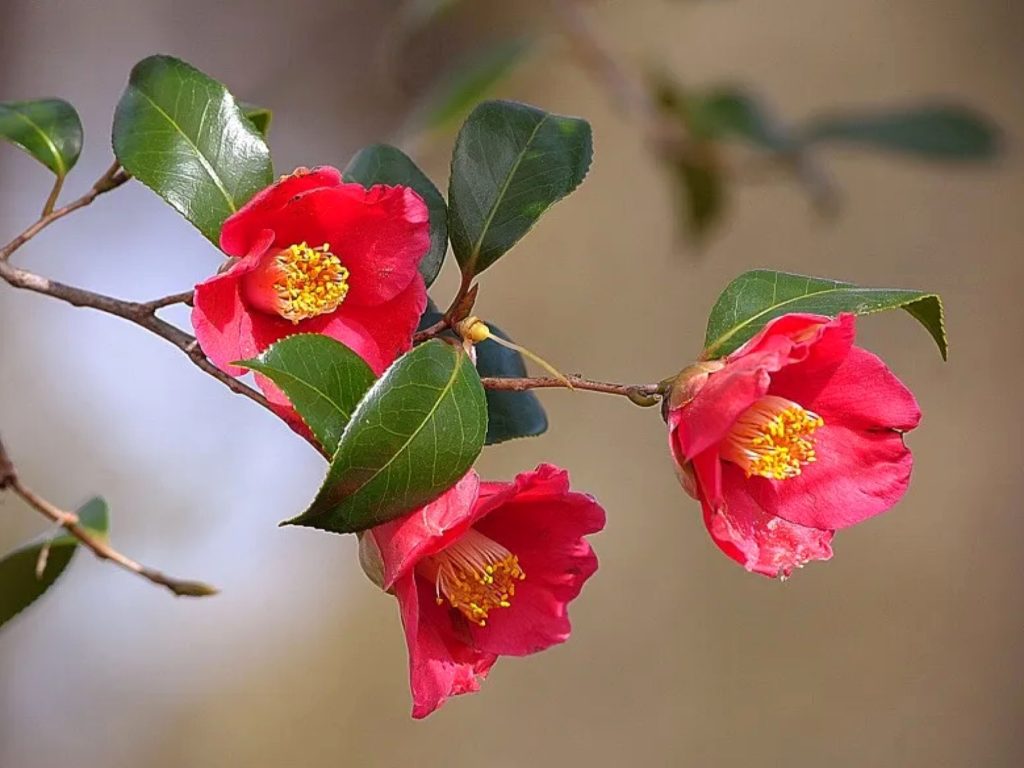
It’s been a beautiful season for camellias. If the sasanqua is the flower that heralds the arrival of winter, the camellia is the flower that heralds the arrival of spring. The camellia is closely related to the tea ceremony as a tea flower and is the most representative flower that can be arranged from the opening of the fireplace in November to the closing of the fireplace, the late spring of the following year. From November to January when the furnace opens, the ones with firm buds are appreciated, and in February and March, when the buds begin to open, the ones that gradually open up are appreciated. And when the closing of the fireplace is approaching, the fragile flowers that can fall off at any time are decorated. The connection between the tea ceremony and camellias is a symbol of Japan’s traditional “wabi” and “sabi” culture, and an increasing number of people overseas are also interested in it.
椿が美しい季節になりました。山茶花が冬の訪れを告げる花だとしたら、椿は春の訪れを告げる花です。椿は茶花として茶道と縁が深く、十一月の炉開きから、翌年の炉塞ぎまでの晩春まで生けられる、最も代表的な花です。炉開きの11月から1月頃までは固い蕾のものが喜ばれ、2月、3月と蕾がほころんでくる頃には、徐々に開きが大きくなったものが喜ばれます。そして炉塞ぎが近づく頃には、いつポロリと落ちてもおかしくない、儚さを持つ花が飾られます。こうした茶道と椿の結びつきは、日本の伝統的な「侘び」「寂び」文化を象徴するものとして、海外にも感心を持つ人が増えています。

